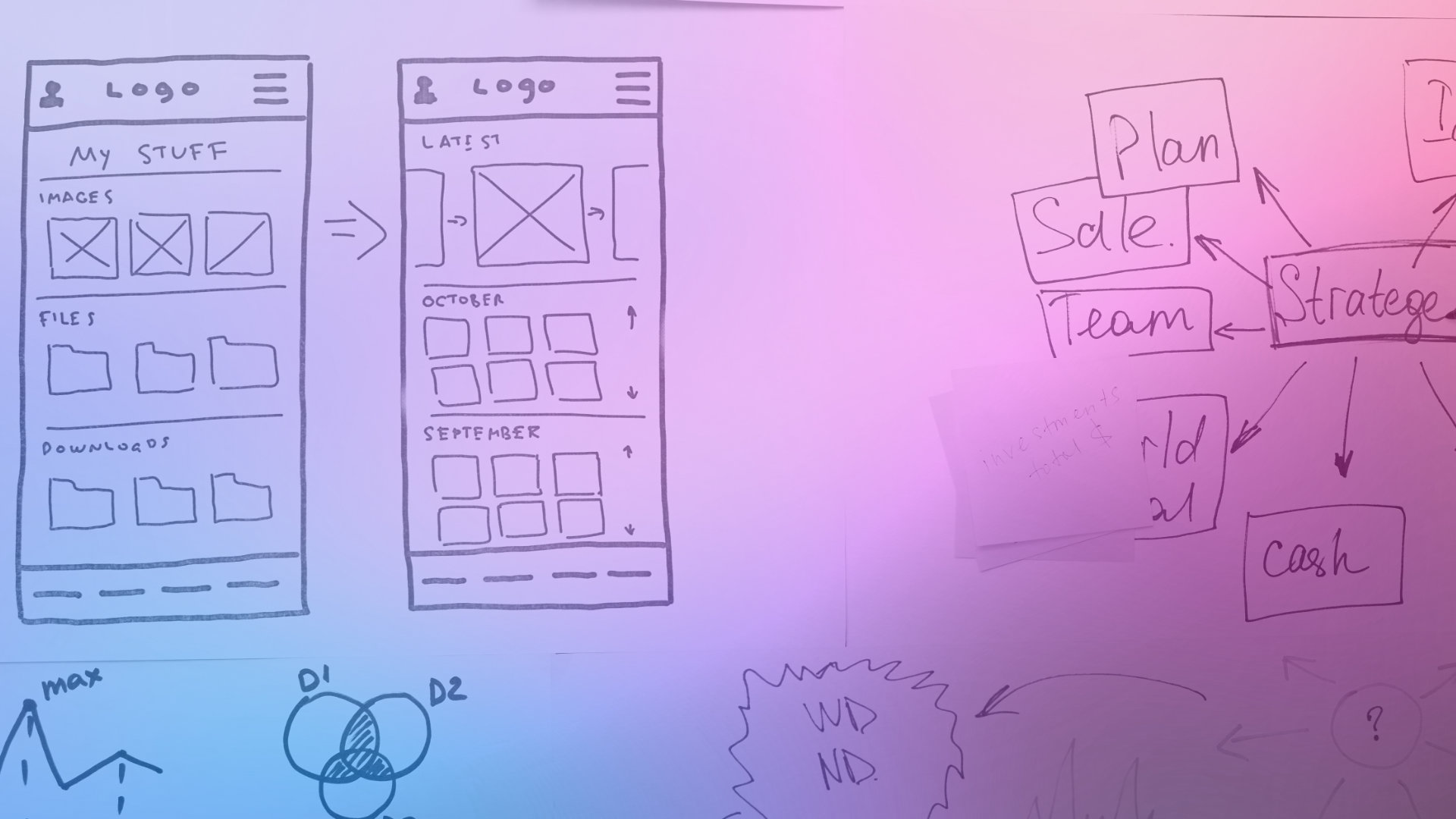
Content is king. It’s the lifeblood of your website, the voice that speaks to your audience, and the bridge that connects your brand with your customers. But how do you ensure that your content serves its purpose effectively? The answer lies in a well-crafted content strategy. In this blog post, we’ll uncover what a content strategy is, why it’s vital for your website, and how it lays the foundation for successful content creation.
The Essence of Content Strategy
A content strategy is a comprehensive plan that outlines the creation, publication, and management of content across your website. It’s not just about writing articles or crafting social media posts; it’s a strategic approach to delivering valuable and relevant content to your audience. Here’s why it’s essential:
- Purposeful Content: A content strategy ensures that every piece of content you create has a clear purpose and aligns with your business goals.
- Consistency: It establishes guidelines for maintaining a consistent tone, style, and messaging across all content, reinforcing your brand identity.
- Audience-Centric: A well-defined content strategy prioritizes your audience’s needs and interests, ensuring that your content resonates with them.
- Efficiency: It streamlines content creation processes, making it more efficient and cost-effective.
Key Elements of a Content Strategy:
- Audience Research: Understanding your audience’s preferences, pain points, and behaviors is the foundation of a content strategy. It allows you to create content that speaks directly to their needs.
- Content Goals: Define clear and measurable objectives for your content. Are you looking to educate, entertain, inform, or sell? Your goals shape your content strategy.
- Content Calendar: A content calendar helps you plan when and where you’ll publish content. It ensures a consistent flow and avoids content gaps.
- Keyword Research: Keyword research helps optimize your content for search engines, making it more discoverable by your target audience.
- Content Types: Determine the types of content that will best serve your audience, whether it’s blog posts, videos, infographics, or podcasts.
- Content Distribution: Consider where and how you’ll distribute your content. Social media, email marketing, and guest posting are common distribution channels.
- Performance Metrics: Establish key performance indicators (KPIs) to measure the success of your content. This could include website traffic, conversion rates, or engagement metrics.
The Benefits of a Solid Content Strategy
- Aligned Efforts: A content strategy aligns your content creation efforts with your business objectives, ensuring that every piece of content contributes to your goals.
- Improved SEO: Targeted keyword research and optimization techniques can boost your website’s visibility in search engine results.
- Consistency: A content strategy maintains consistency in branding, messaging, and content quality, which builds trust with your audience.
- Audience Engagement: When your content resonates with your audience, it leads to increased engagement, longer time on site, and repeat visits.
- Measurable Results: With clear KPIs in place, you can measure the impact of your content and make data-driven adjustments.
A content strategy is not just a plan; it’s a roadmap to success in the digital landscape. It ensures that your content serves a purpose, speaks directly to your audience, and aligns with your business objectives. In an era where content is abundant, a well-crafted content strategy sets you apart, guiding you toward effective content creation that resonates with your audience and achieves tangible results. Remember, your website’s content is your voice in the digital world, and a strategic approach ensures that your voice is heard loud and clear.



